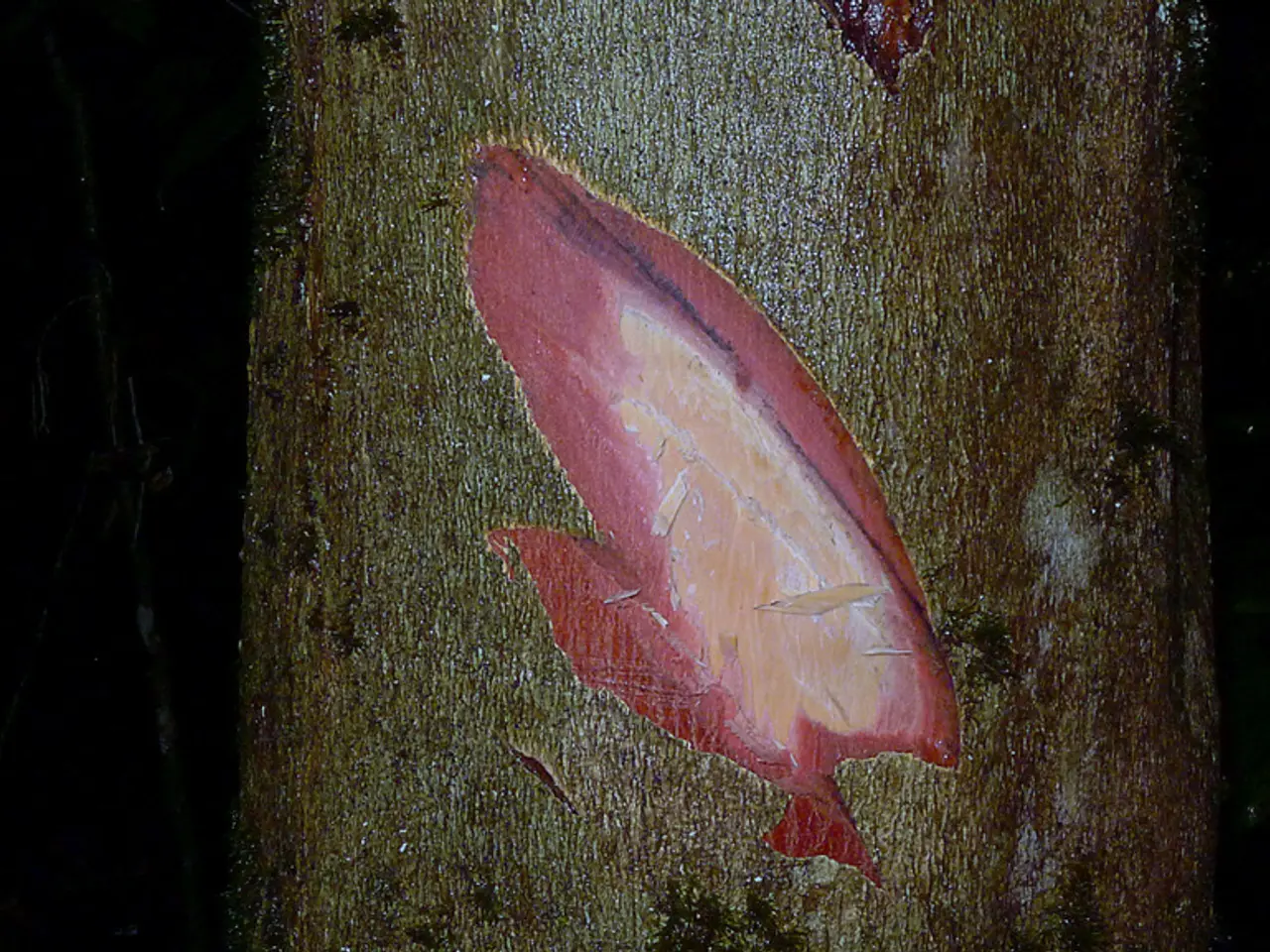Exploring the Value of STEM Learning: Uncovering Professional Pathways and Interactive Experiences
STEM education, short for Science, Technology, Engineering, and Mathematics, is more than just a collection of subjects. It's a powerful tool that equips students with the skills necessary for success in a technology-driven society, while fostering creativity and innovation.
By integrating hands-on activities into the classroom, students can gain a deeper understanding of the fundamentals of physics, aerodynamics, engineering, structural stability, robotics, coding, and renewable energy. These activities are not just educational; they're exciting and engaging, making learning an enjoyable experience.
Coding and Storytelling with Scratch
One such activity is coding and storytelling with platforms like Scratch. Students write and animate stories, promoting computational thinking and creativity through the design of interactive narratives.
Data Collection and Analysis in Physical Education
In physical education, students use wearable devices or simple experiments to collect and graph data on heart rate, endurance, or reaction time, applying physics and math concepts actively.
Historical Simulations through Coding
Using coding tools, students can recreate historical events or create interactive simulations, blending social studies with technology and critical inquiry.
3D Modeling and Prototyping with Tinkercad
Integrating art and engineering, activities like 3D modeling and prototyping with tools like Tinkercad encourage design thinking and hands-on creation of prototypes.
Pipe Cleaner STEM Challenges
Activities such as building the tallest freestanding tower or structures using only pipe cleaners encourage problem-solving, creativity, and engineering design under constraints, while fostering resilience and iteration skills.
Makerspace Projects with Strawbees
Using Strawbees kits, students engage in open-ended construction and design challenges, supporting creativity, collaboration, and practical problem-solving across skill levels.
Creative Thinking Journals and Memory Enhancement Tasks
Activities involving interpreting quotes, brainstorming unusual uses for common objects, or memory recall challenges stimulate critical thinking and creative problem solving in classroom routines.
Designing Wearable Gadgets, Improving Everyday Objects, or Building Wind-Powered Vehicles
These hands-on design and engineering challenges encourage innovation and application of STEM principles in real-world contexts.
These activities emphasize exploration, iteration, failure, and re-evaluation—key processes to develop critical thinking and creativity in STEM learning. They can be adapted across grades and disciplines, leveraging coding, engineering, data analysis, and design thinking to prepare students for future challenges.
The Benefits of a STEM Career
Engaging in these activities can help students develop a passion for STEM subjects, encouraging them to consider a career in these fields. Pursuing a STEM career offers a vast array of opportunities, from building and launching rockets to designing and constructing bridges, creating and programming robots, investigating chemical reactions, and exploring renewable energy sources.
Moreover, a career in STEM can lead to job security, competitive salaries, and a chance to make a positive impact on society. Unfortunately, there is a shortage of skilled workers in STEM fields, making these careers highly sought after.
In conclusion, STEM education and activities are not just about learning facts and figures. They're about fostering creativity, encouraging innovation, and preparing students for a successful future in a technology-driven world. By incorporating hands-on, engaging activities into the classroom, we can inspire the next generation of scientists, engineers, and innovators.
[1] Source: Edutopia [2] Source: TeachThought [3] Source: STEM.org [4] Source: Strawbees [5] Source: STEM.org
- STEM education, through activities like coding and storytelling with Scratch, shapes students' creativity and innovation. (innovation, education, coding, storytelling, Scratch, creativity)
- Incorporating data collection and analysis in physical education sparks active application of physics and math concepts. (education, physical education, data collection, analysis, physics, math)
- Using platforms like Tinkercad for 3D modeling and prototyping blends art, engineering, and design thinking. (engineering, art, Tinkercad, 3D modeling, prototyping, design thinking)
- By engaging in hands-on design challenges, such as building wind-powered vehicles or improving everyday objects, students can innovate and apply STEM principles to real-world scenarios. (design, innovation, wind-powered vehicles, everyday objects, STEM principles, real-world contexts)




